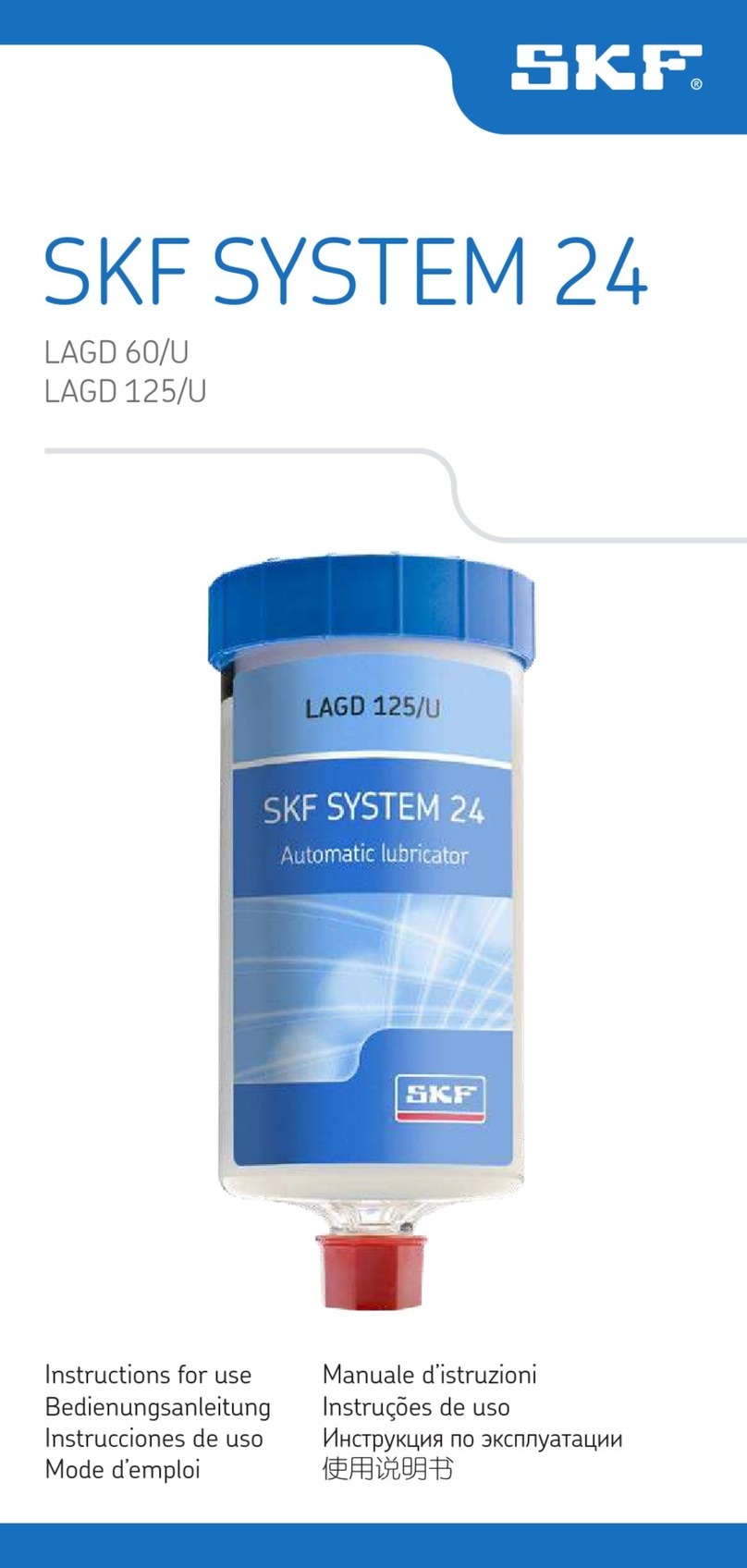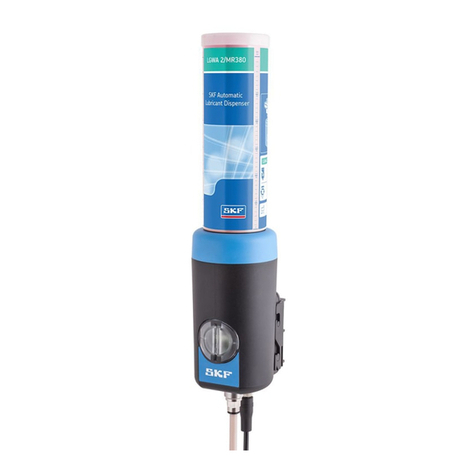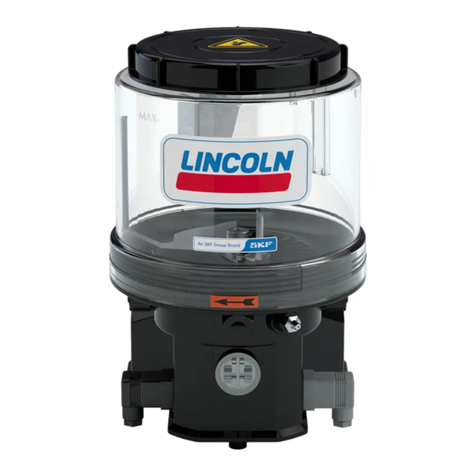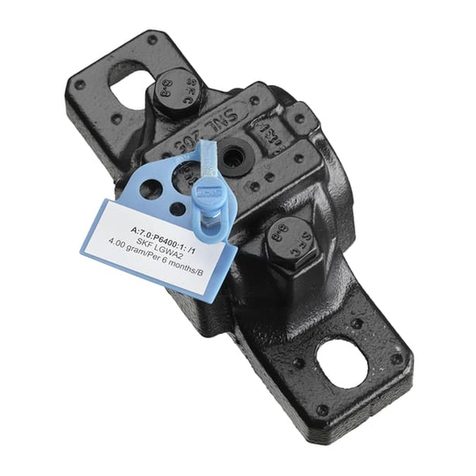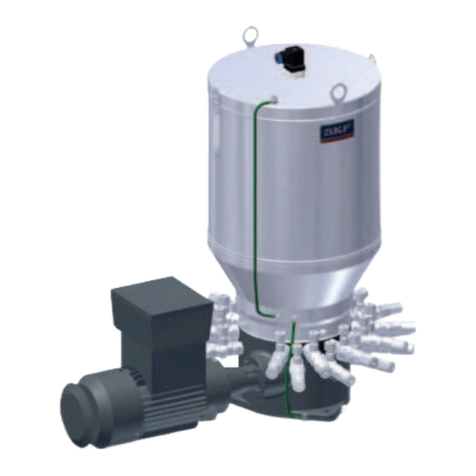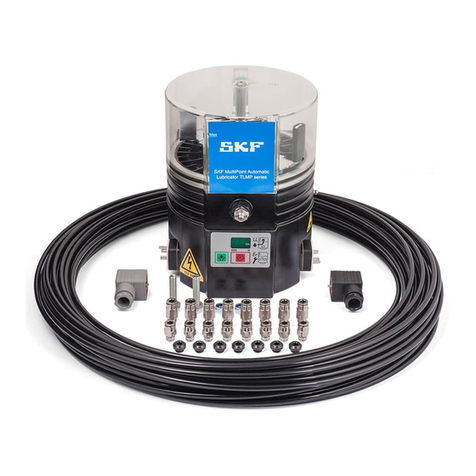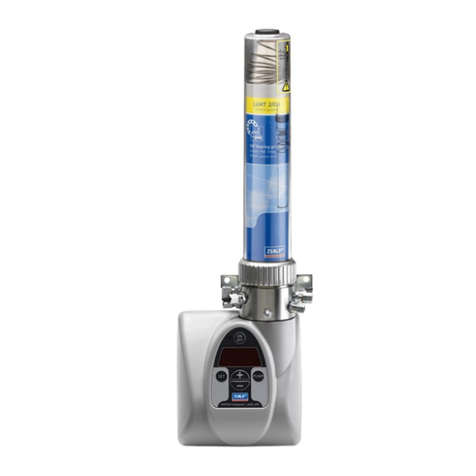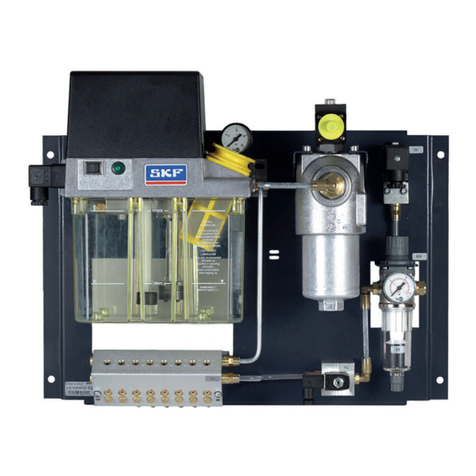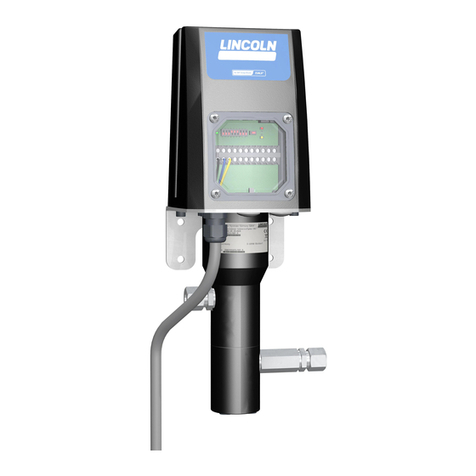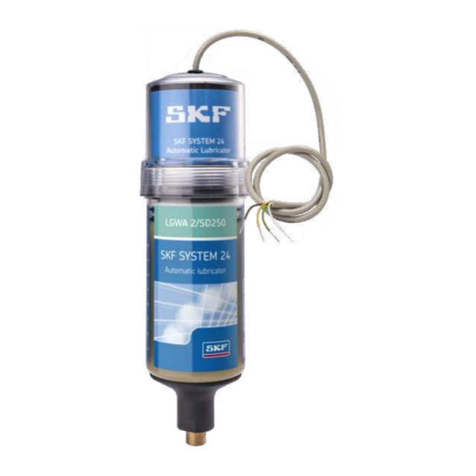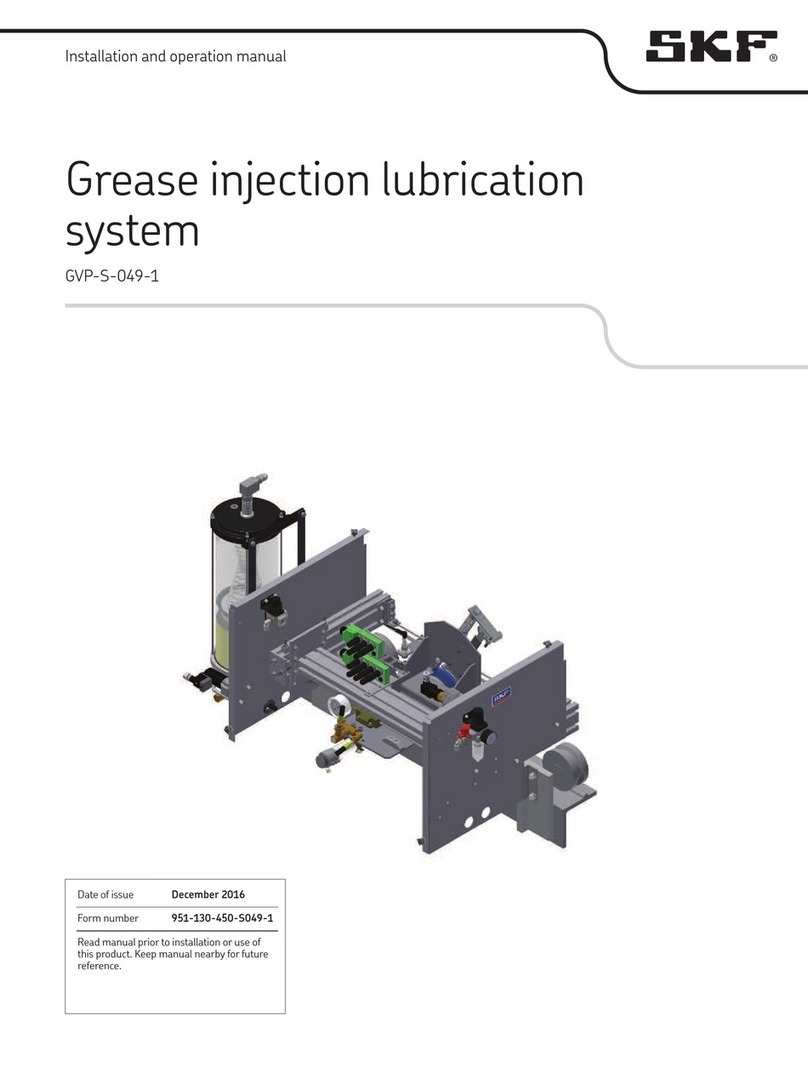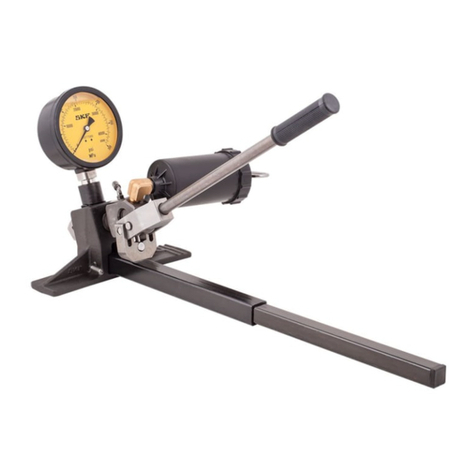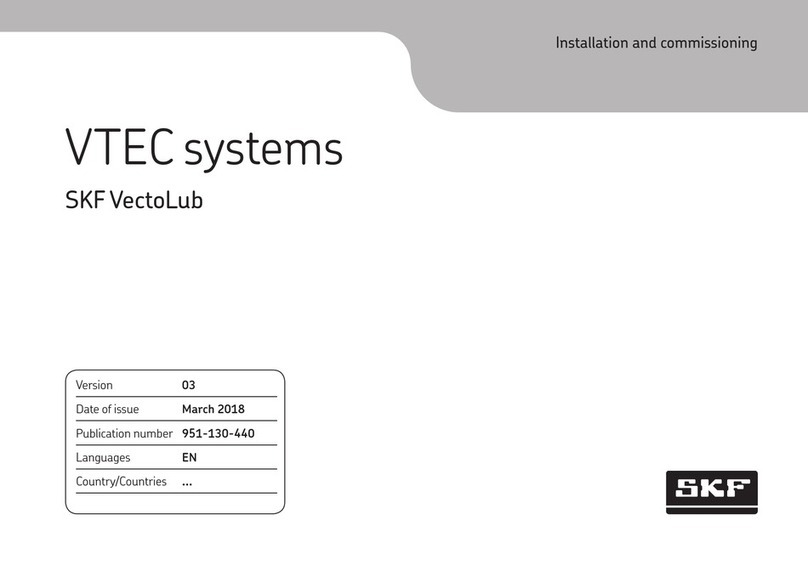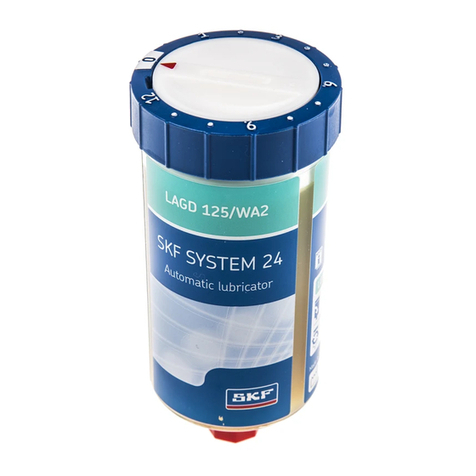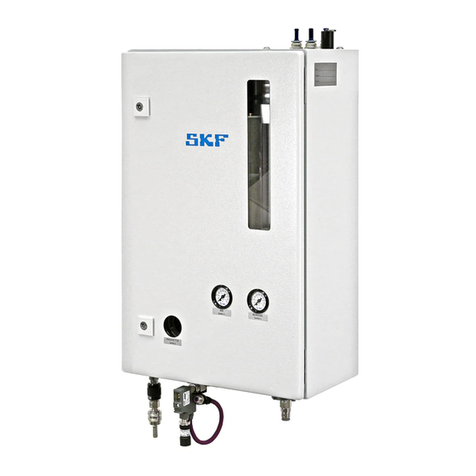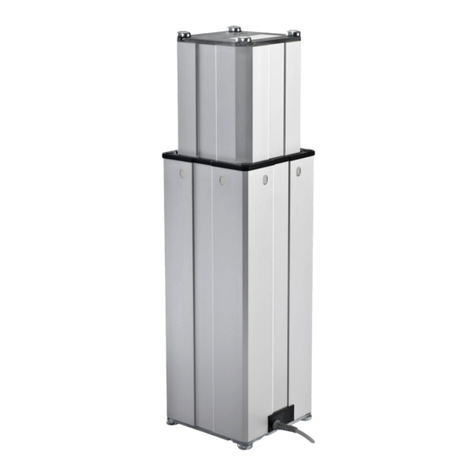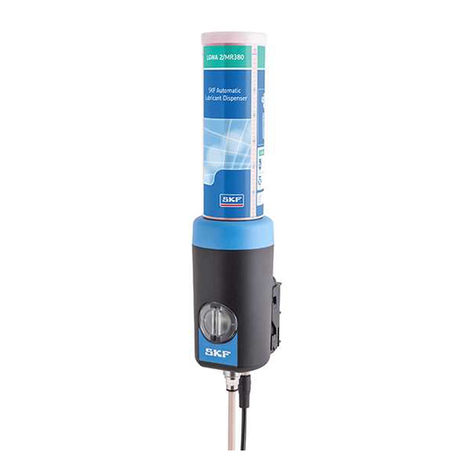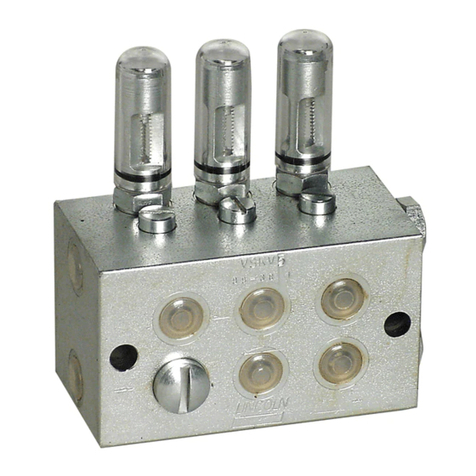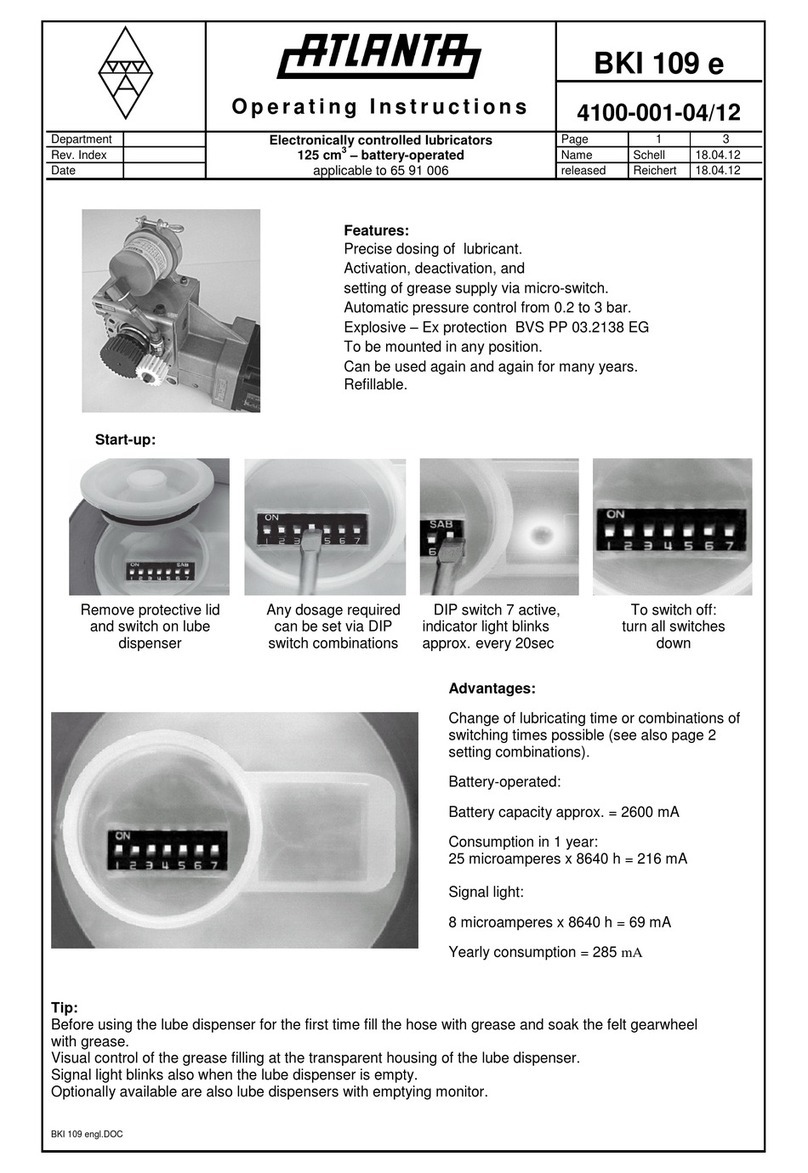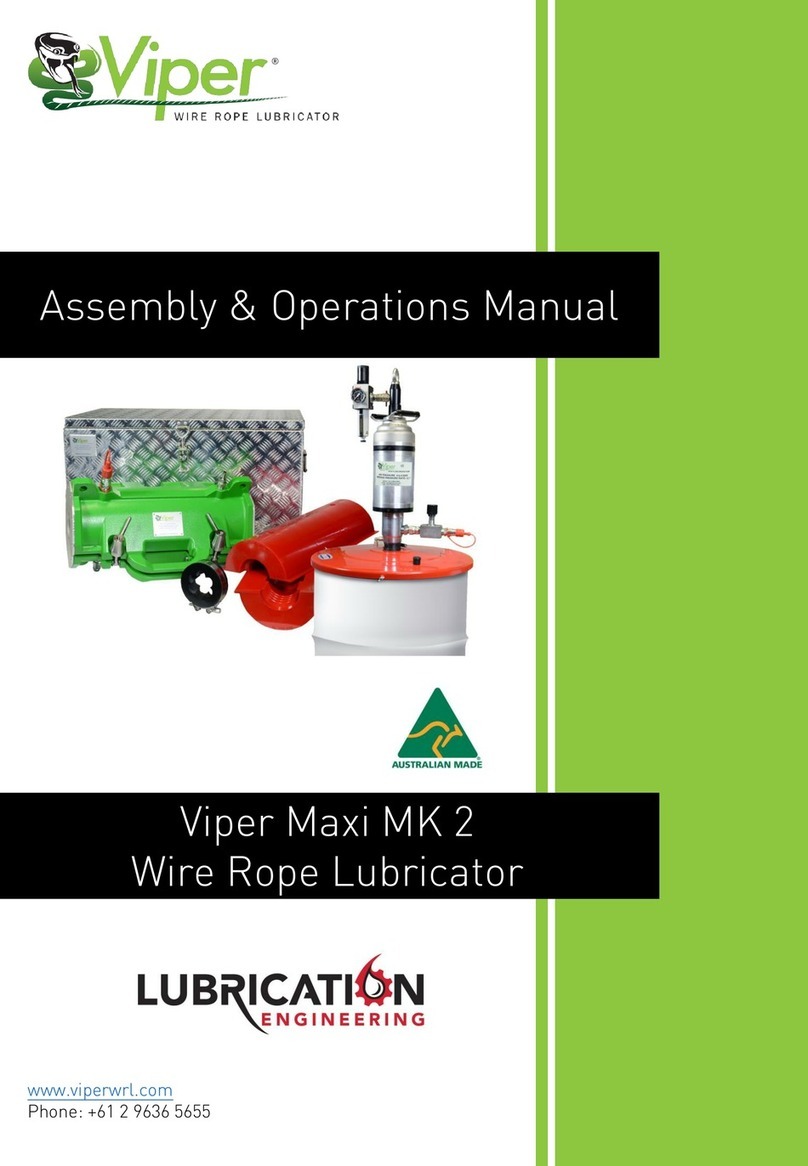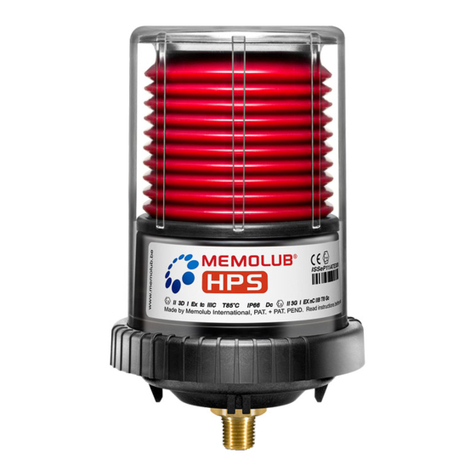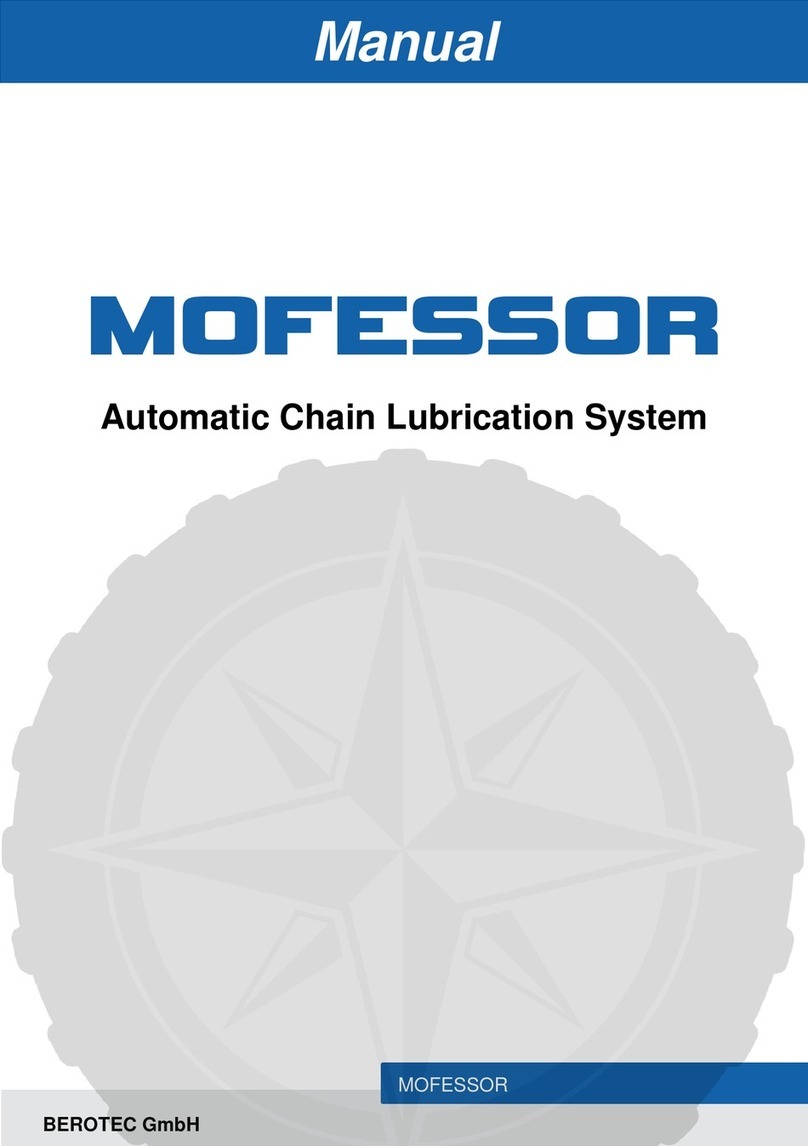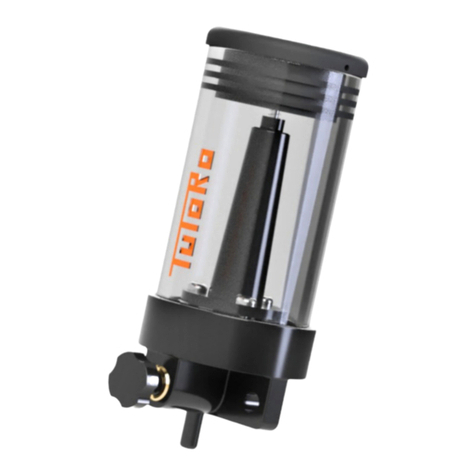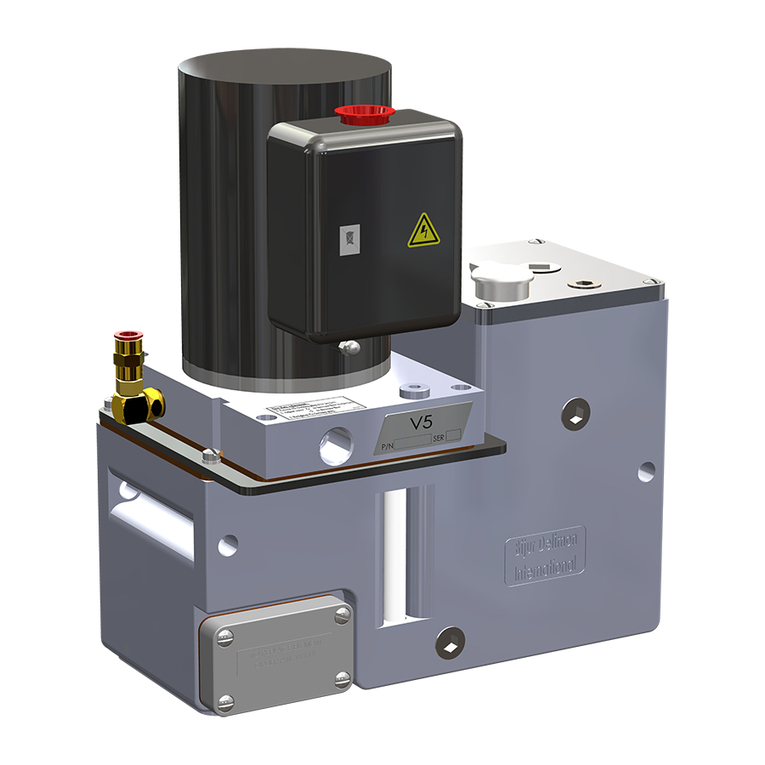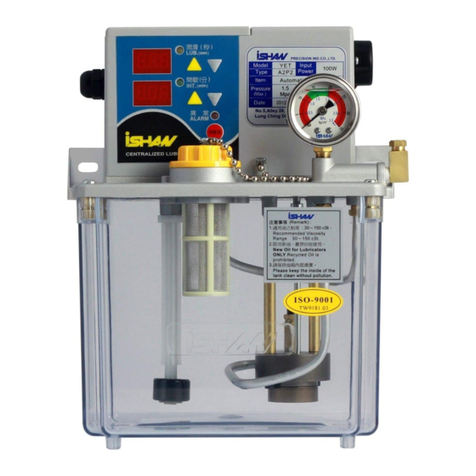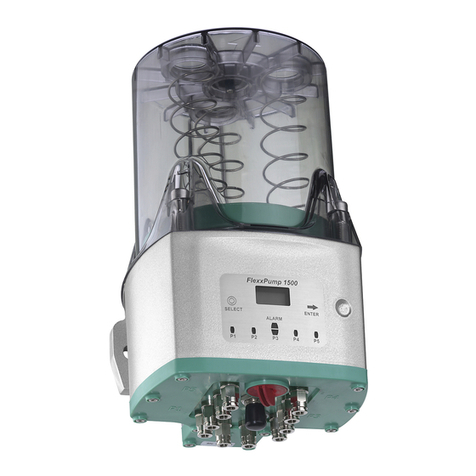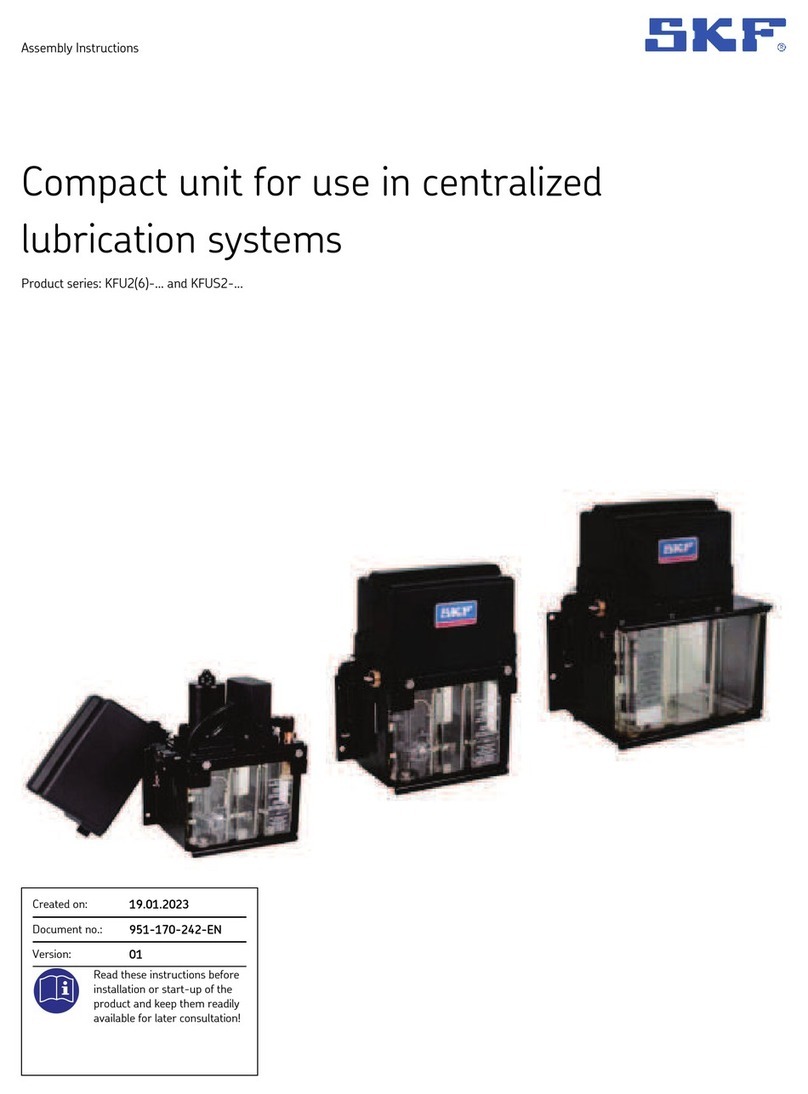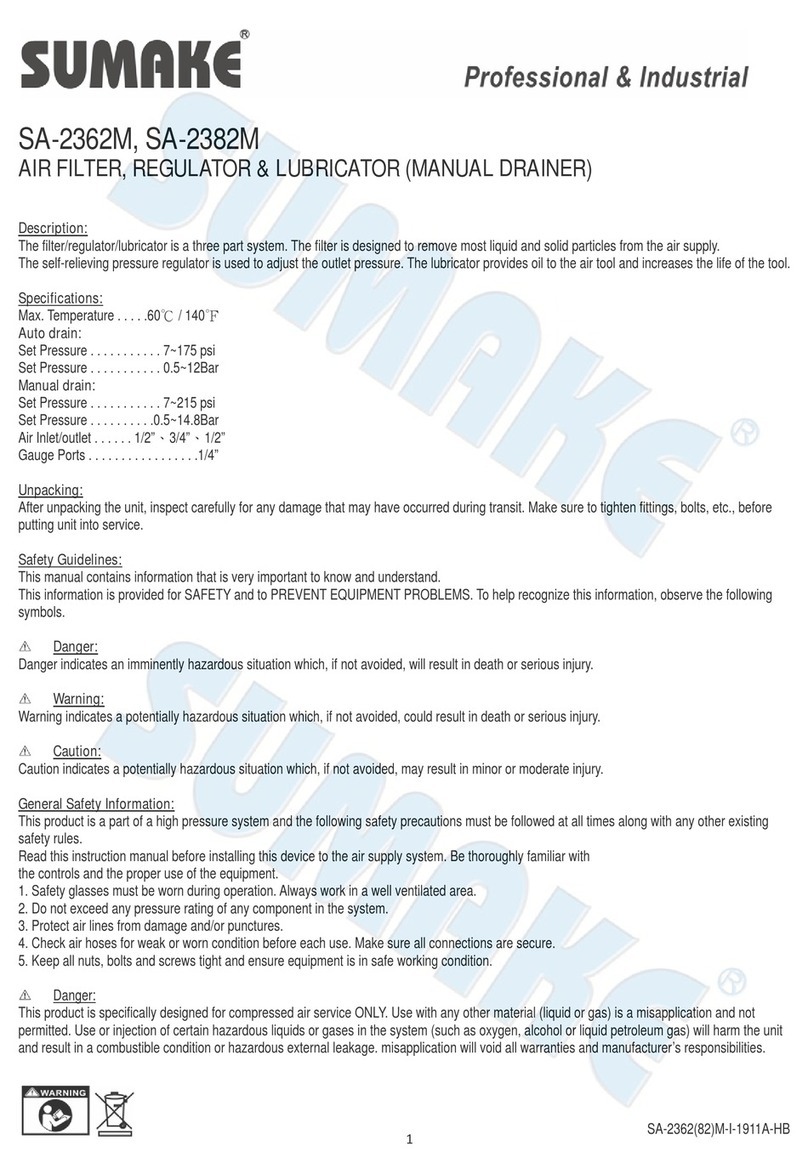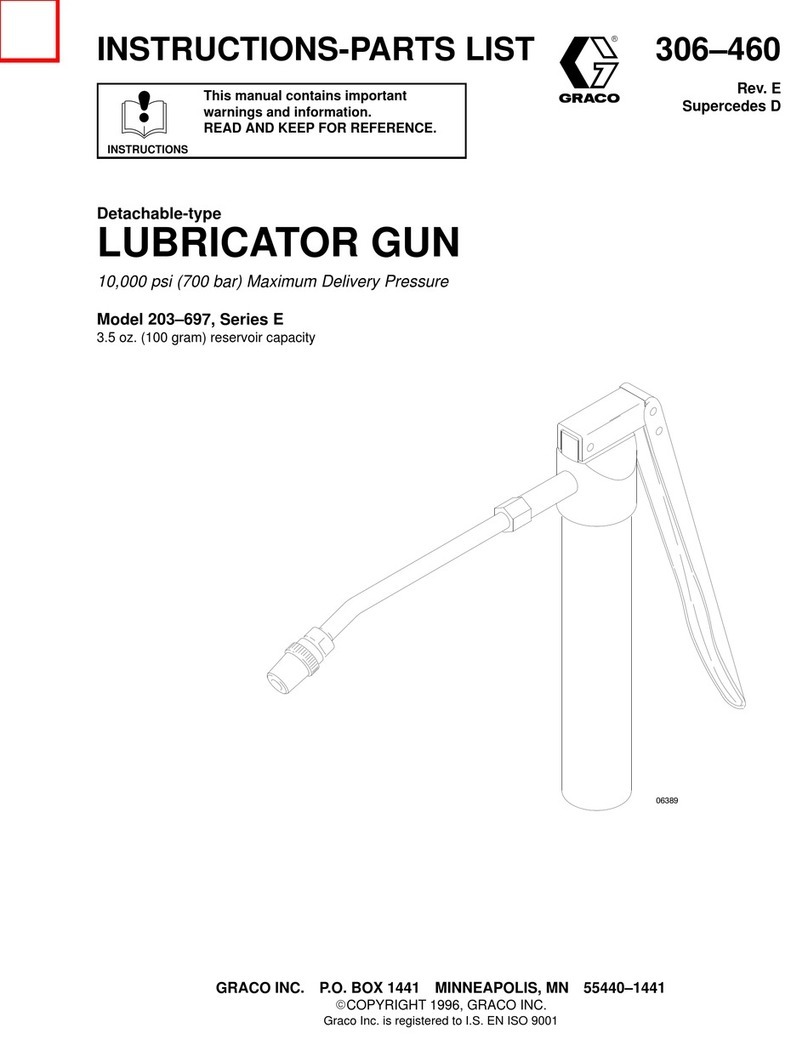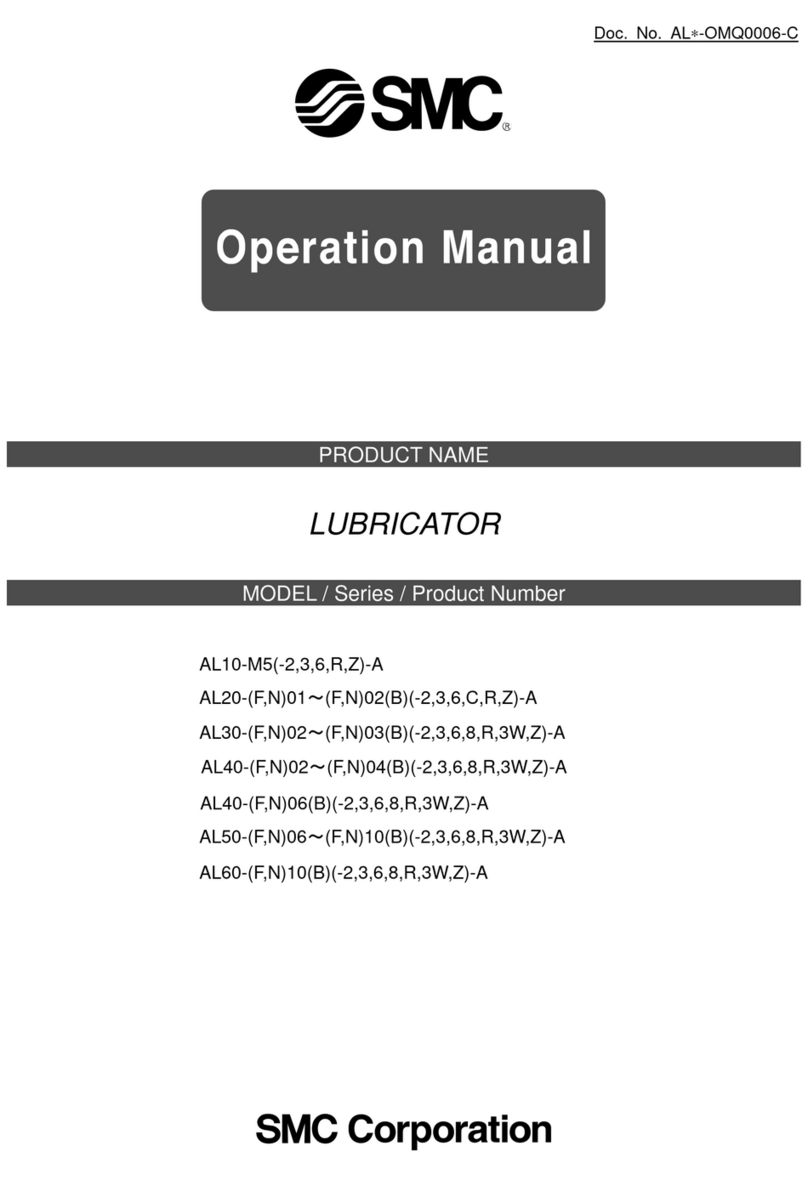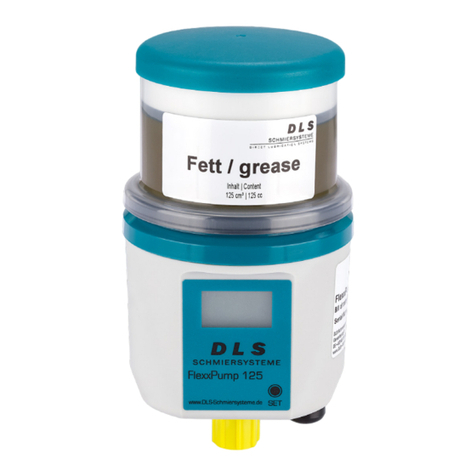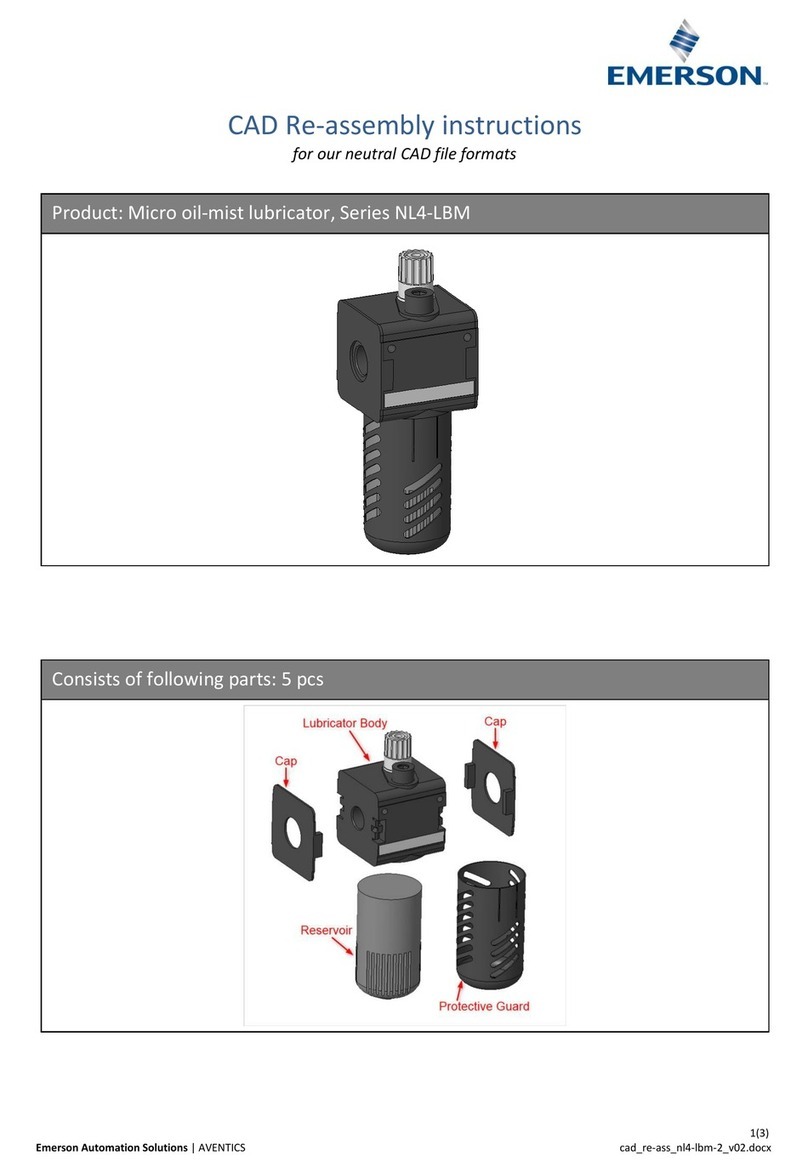- 4 -
951-171-016
Version 03
EN Table of contents
Table of contents
Legal disclosure...........................................................................................3
Explanation of symbols and signs ...............................................................6
1. Safety instructions.........................................................................8
1.1 General safety instructions....................................................................8
1.2 General behaviour when handling the product...................................8
1.3 Intended use............................................................................................ 9
1.4 Foreseeable misuse................................................................................9
1.5 Painting of plastic parts..........................................................................9
1.6 Modifications of the product................................................................10
1.7 Prohibition of certain activities............................................................10
1.8 Inspections prior to delivery ................................................................10
1.9 Other applicable documents................................................................10
1.10 Markings on the product......................................................................11
1.11 Notes related to the type identification plate.....................................11
1.12 Notes related to the CE marking .........................................................11
1.13 Persons authorized to operate the pump ..........................................12
1.13.1 Operator.................................................................................................12
1.13.2 Specialist in mechanics ........................................................................12
1.13.3 Specialist in electrics ............................................................................12
1.14 Briefing of external technicians...........................................................12
1.15 Provision of personal protective equipment......................................12
1.16 Operation...............................................................................................13
1.17 Emergency stopping of the pump station..........................................13
1.18 Transport, installation, maintenance, malfunctions, repair,
shutdown, disposal...............................................................................13
1.19 Initial commissioning / daily start-up.................................................14
1.20 Cleaning .................................................................................................15
1.21 Residual risks ........................................................................................16
2. Lubricants................................................................................... 17
2.1 General information .............................................................................17
2.2 Selection of lubricants..........................................................................17
2.3 Material compatibility...........................................................................18
2.4 Ageing of lubricants..............................................................................18
3. Overview, functional description ................................................ 19
4. Technical data ............................................................................. 23
4.1 General technical data..........................................................................23
4.2 Motors 380 - 480 V AC ........................................................................24
4.3 Motors 380 - 480 V AC with gear ......................................................25
4.4 Motors 500 V AC....................................................................................27
4.5 Motors 500 V AC with gear ..................................................................28
4.6 Ultrasonic Sensor 664-853xx-x ........................................................30
4.7 Tightening torques ...............................................................................31
4.8 Type identification code........................................................................32
5. Delivery, returns, and storage .................................................... 33
5.1 Delivery..................................................................................................33
5.2 Returns .................................................................................................33
5.3 Storage...................................................................................................33
6. Assembly..................................................................................... 34
6.1 General information .............................................................................34
6.2 Place of installation...............................................................................34
6.3 Mechanical connection.........................................................................35
6.3.1 Minimum assembly dimensions .........................................................35
6.3.2 Installation bores ..................................................................................36

